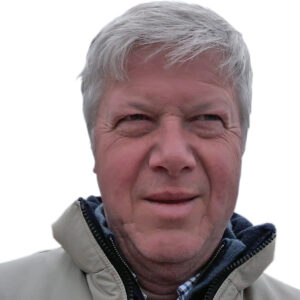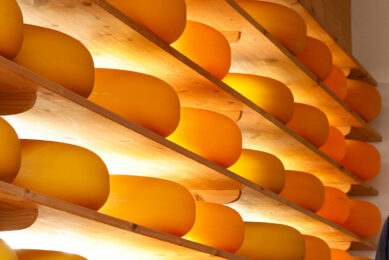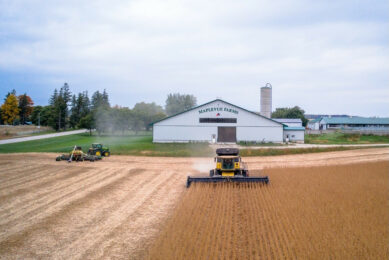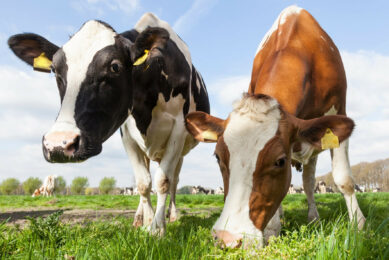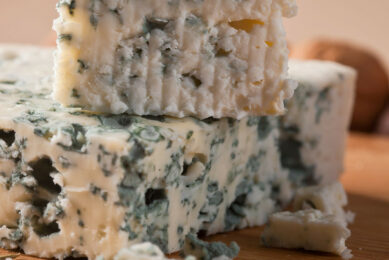France: “The farm changes that made our cows more productive”
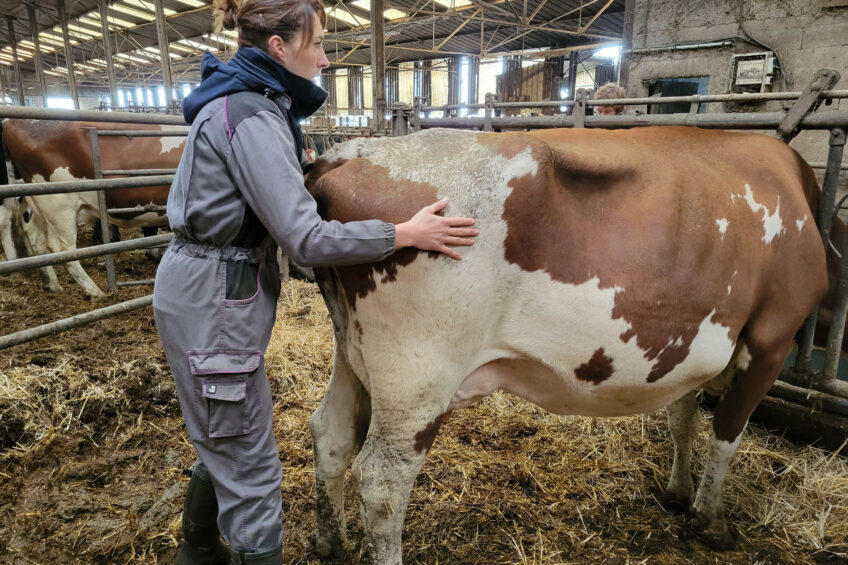
Over 2 years, a couple of young dairy farmers in France managed to turn a farm around thanks to changes in management that prioritise the well-being and respect for the animals.
After meeting in June 2020, Louise Germain and Jean-Félix Kinzelin settled on 1 April 2022 on the Jean-Félix family farm Gaec de la Grosse Roche in France. Before this takeover, the farm belonged to 3 partners, including Jean-Félix’s father, Jean-Luc.
“We both were looking for a partner and a farm,” says Louise, who studied agriculture in Nancy. On his side, Jean-Félix had been working for 12 years in masonry all over France and came back to the farm in 2018.
Respect for the animals
In April 2022, Jean-Félix and Louise took over a farm with many issues, including 30% calf mortality and 10% cow mortality. “We decided to completely change the philosophy of the herd management and respecting the animal’s physiology,” explains Louise. This philosophy applies to all stages (preparation for insemination or calving, drying off, weaning of calves, etc.), with a strong objective: to have animals in good condition. This becomes obvious when you visit the farm.
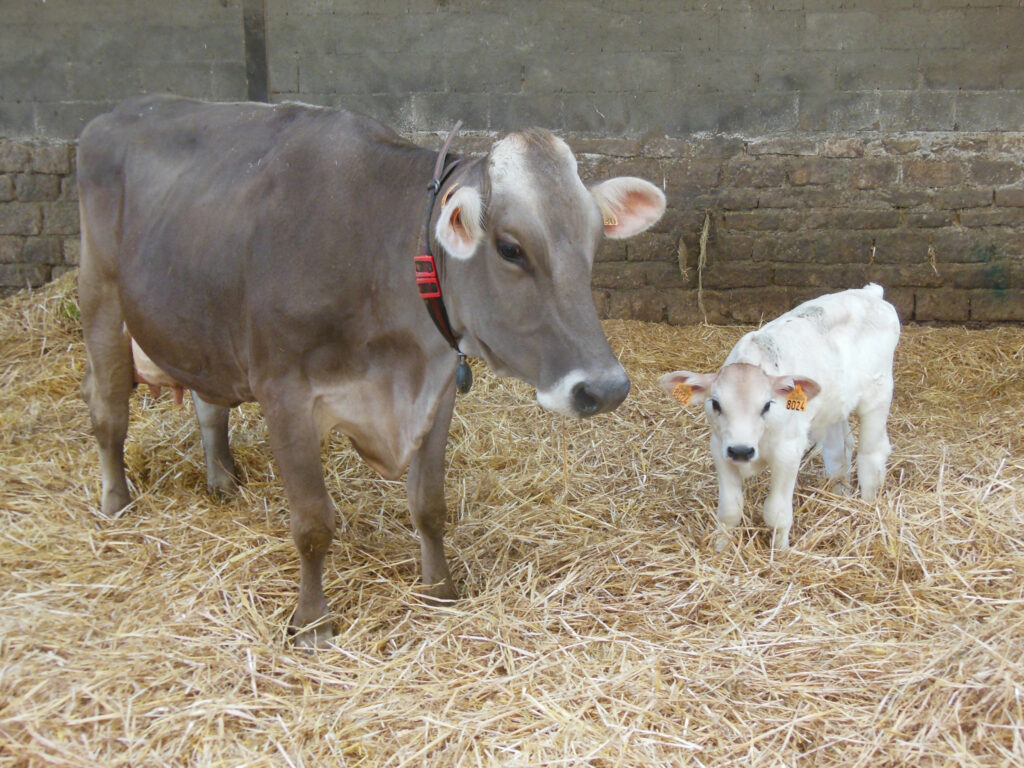
At the Gaec de la Grosse Roche, everything is done to ensure the well-being of the animals: calves and cows checked by an osteopath after calving and after weaning, young calves managed in groups, an objective of 1 calf every 1.5 years with the target of 10 calves/cow, an age of at least 4 months for post-weaning, without forgetting a very precise feeding managed by a nutritionist.
“The ration of milked cows is aimed at rumen stability,” explains Louise, which also uses Obsalim, a unique and original method of diagnosis and dietary adjustment based on the observation of animals with the help of 100 cards. The milking cows’ diet is based on silage made on farm (grass and corn silage represent 60% of the total dry matter of the diet) and only rape cake and beet pulp are bought to produce the concentrate.
“Every Monday, we check the cows for calving preparation – 3 weeks before calving for dairy cows and 5 weeks for heifers,” explains Louise, adding, “Our aim is to have cows with good body condition at calving.” To achieve this, feed is managed for optimal minerals, with several goals in mind: to have a healthy calf, and to ensure a good delivery and a good start of lactation of the cows.
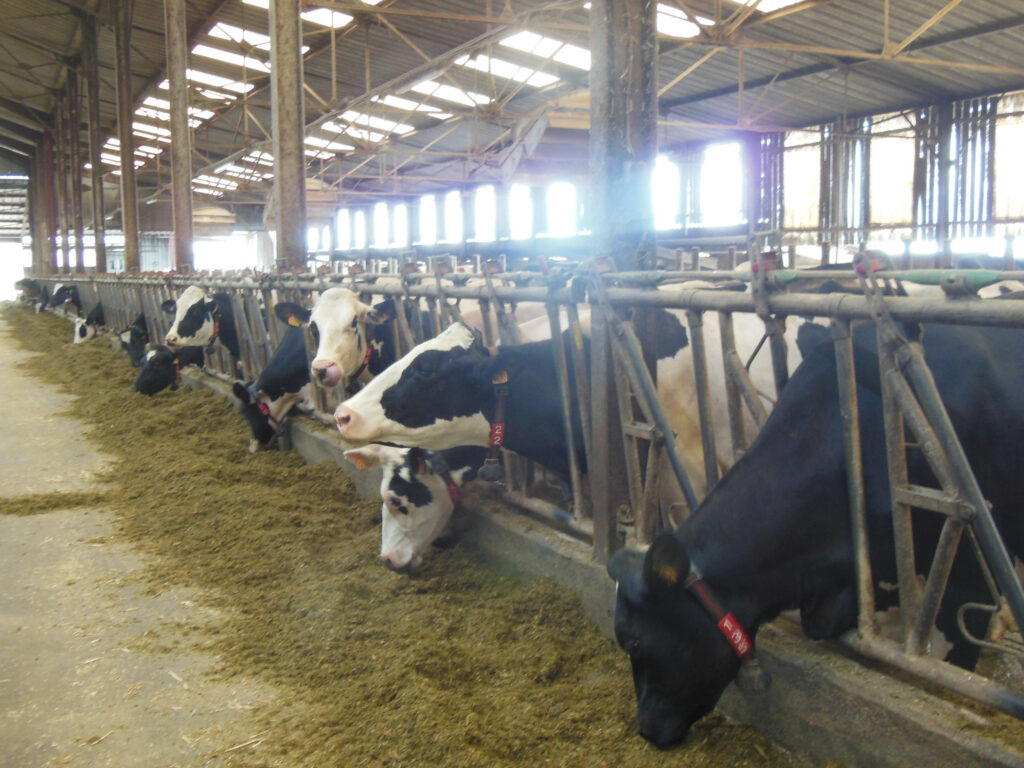
For the preparation of insemination, beef and dairy heifers are managed together. Heifers are not inseminated before a minimum weight of 400 kg and their ‘emotional’ capacities are also taken into consideration. Once gestation is confirmed, heifers can graze outside.
Improved results on the dairy farm
All the efforts put in place by the members of the Gaec to rectify the situation have resulted in an improvement in tech-economic results. According to Ecolait, the economic average per dairy cow per year increased from 8,111 litres in 2022 to 9,270 litres in 2023. “The level of the herd went from 27-29 kg milk/day in 2020 to more than 40 kg today,” says Louise, adding, “The resulted is an economic jump from €130 000 in 2022 to €150 000 in 2023.” These very good results allowed the farm to invest in 2 milking robots.
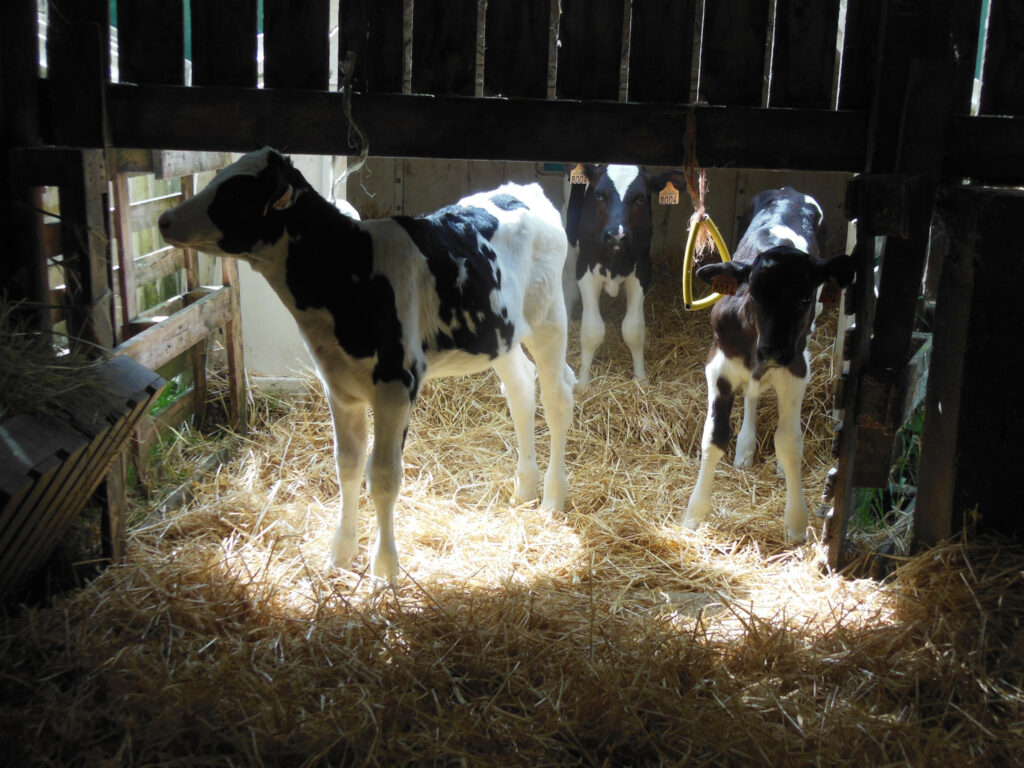
Calf mortality (stillbirths and losses after birth) dropped from 17% in 2021 to 12% in 2022 and 2023, while the rate of losses of dairy cows halved to reach 4.8% in 2023. “Our aim is to have a better working life and to have time for family life,” concludes Louise, who adds that making these adjustments in the herd has made the farm more productive and profitable.
A recent investment in 4 Swiss Fleckvieh cows marks the farm’s desire to combine resilience, longevity and productivity of the herd rather than raise its genetic level. Embryos have begun to be harvested from these cows, with the long-term plan to build a second herd and invest in a third robot.


